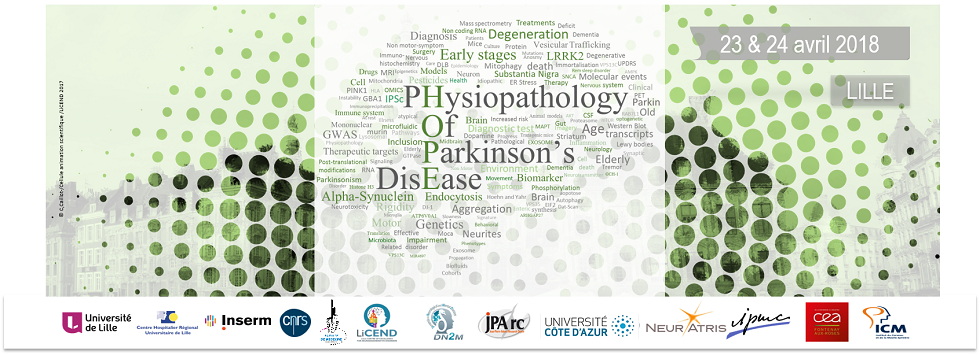David Devos and the FAIRPARK-II study group
Department of Neurology, Department of Medical Pharmacology ALS center, Parkinson's disease center, Lille University, INSERM UMRS_1171, University Hospital Center, LICEND COEN Center, Lille, France
Financial disclosure related to research covered in this article: The authors have no financial disclosures to make or potential conflicts of interest to report in relation to this study. The study is funded by a grant from the European Commission Horizon 2020 PHC13 2014-2015 (N° 633190): “Conservative iron chelation as a disease-modifying strategy in Parkinson's disease: a multicentre, parallel-group, placebo-controlled, randomized clinical trial of deferiprone (FAIR-PARK-II)” Protocol ID: 2015_22; Clinical trial: NCT02655315 http://fairpark2.eu. ApoPharma provided deferiprone and advices on the molecule.
ABSTRACT
Iron enrichment in the substantia nigra pars compacta (SNc) reflects an involvement in dopamine metabolism and fuelling neuronal activity. In Parkinson's disease (PD), a progressive damage of the SNc is associated with the appearance of siderotic foci, largely caused by increased labile iron levels resulting from an imbalance between cell iron import, storage and export. At the molecular cell level, mutations in a-synuclein cause alterations in dopamine and iron transport. Those alterations might trigger an iron-dependent cell death pathway, ferroptosis, offering new prospects for treatment. The application of iron-sensitive sequences in magnetic resonance imaging has become a useful tool to identify early stages of nigral pathology. In mammalian models, chelators that strongly scavenge intracellular iron protect against oxidative neuronal damage. Moderate iron chelation, with deferiprone, that conserves systemic iron offers a novel therapeutic strategy for neuroprotection. Iron can be scavenged from labile iron complexes in the brain and transferred either to higher-affinity acceptors in cells or extracellular transferrin. Promising preclinical and clinical proof of principle trials have led to a current large randomized clinical trial that aims to demonstrate the efficacy of conservative iron chelation. Outcomes could provide a first-in-class treatment strategy to slow disease progression.

 PDF version
PDF version
